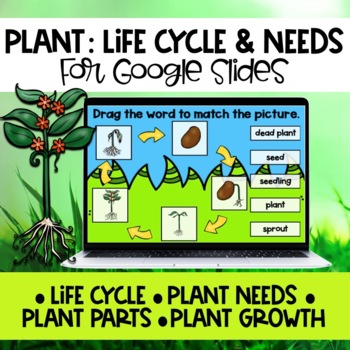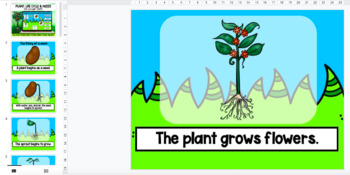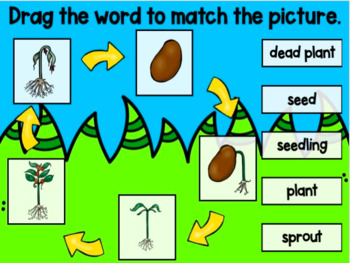Plants Life Cycles and Needs for the Google Classroom
- PDF
- Google Apps™

What educators are saying
Description
Plants: Plant Life Cycle, Parts of a Plant, Plant Needs
These Plant Google Slides contain a variety of activities about plants. They include:
1) Step by step slides, that teach the stages of a plant life cycle using a story format
2) Name the plant parts drag and drop activity
3) identifying the stages of plant life (sequential drag and drop activity)
4) Needs of a plant activity
This Google Slide resource includes 19 "All About Plants" slides.
Student WILL REQUIRE a google account in order for this activity to work for them.
Have tons of fun as you learn how to use this resource in the Google Classroom.
If you like this resource, be sure to check back to our store for other digital and interactive resources that are sure to enrich your students' learning! Click the green star at the top of my page to be notified of sales, freebies and new products when they are released.
Thanks for supporting Teach Big Teacher!





